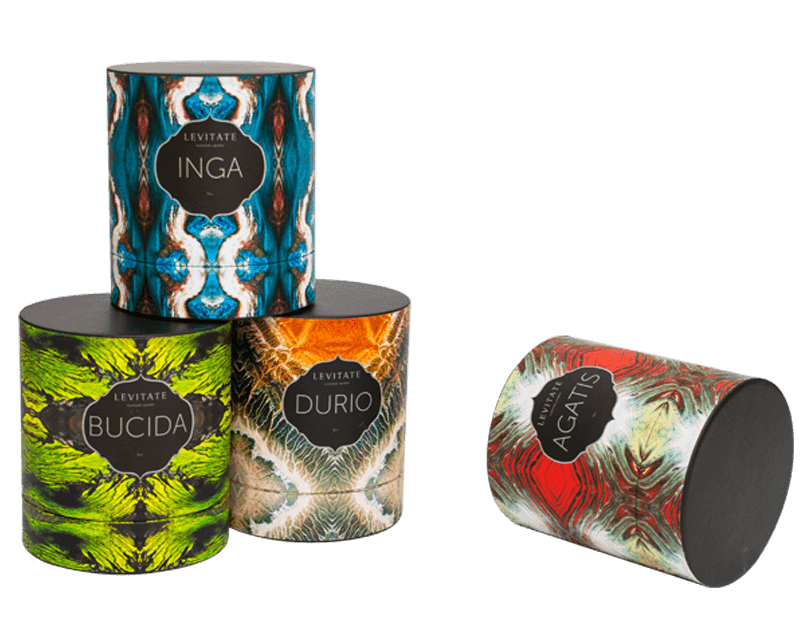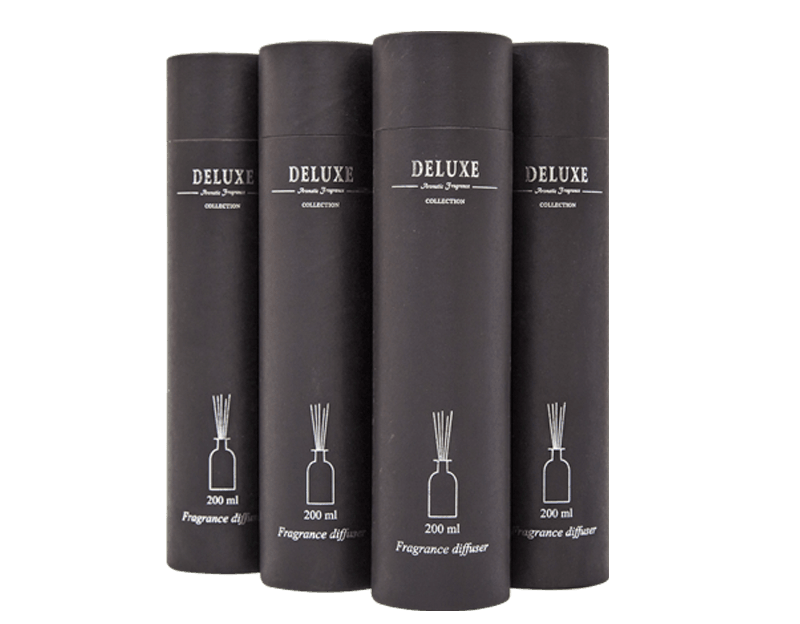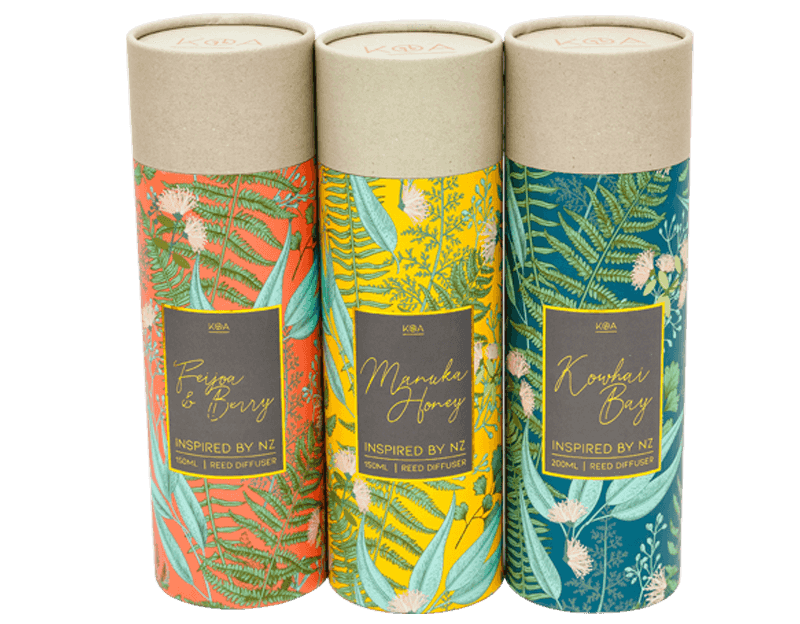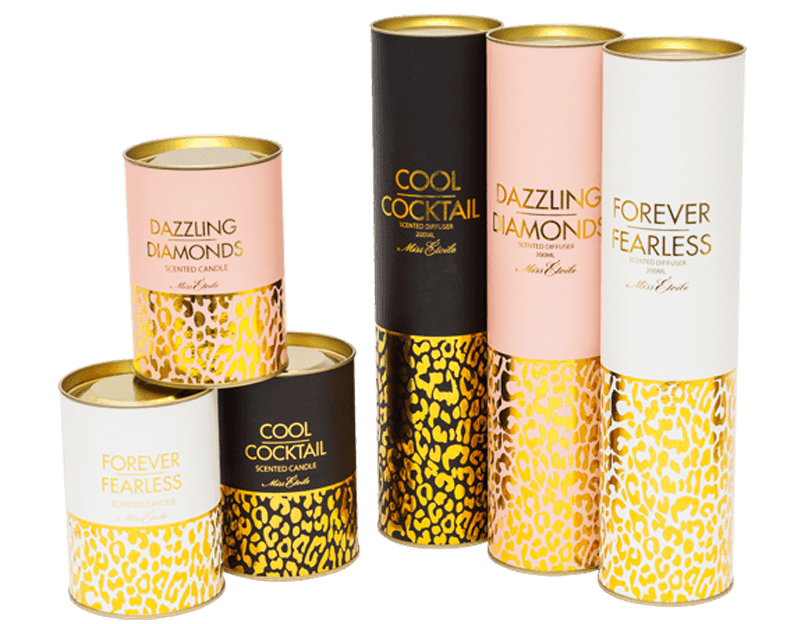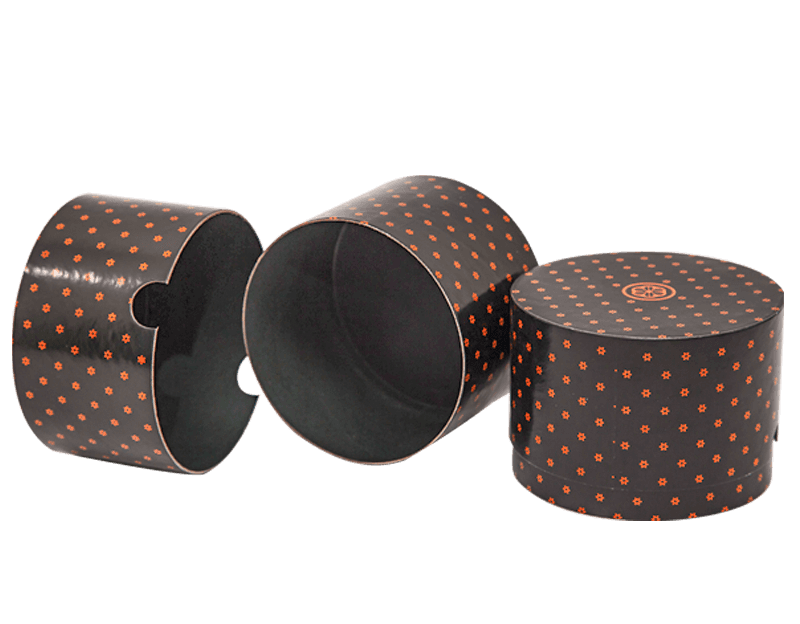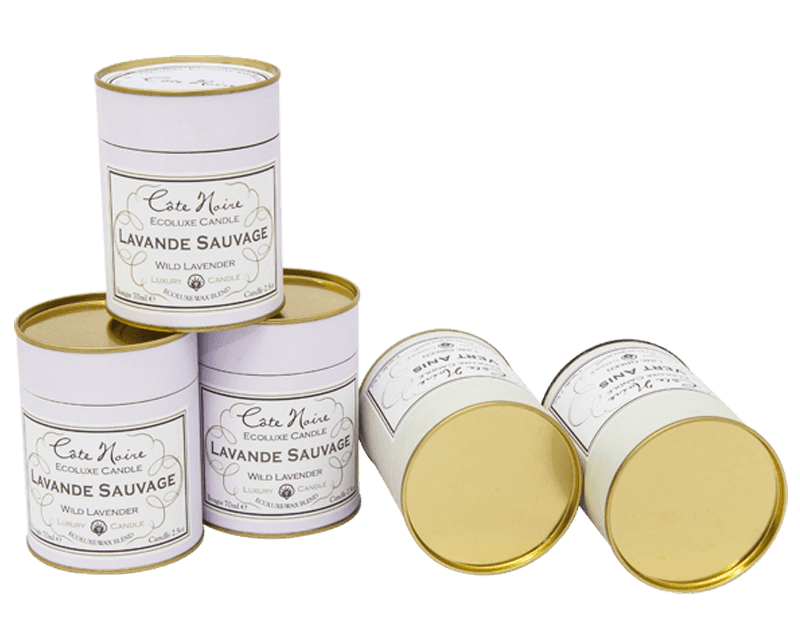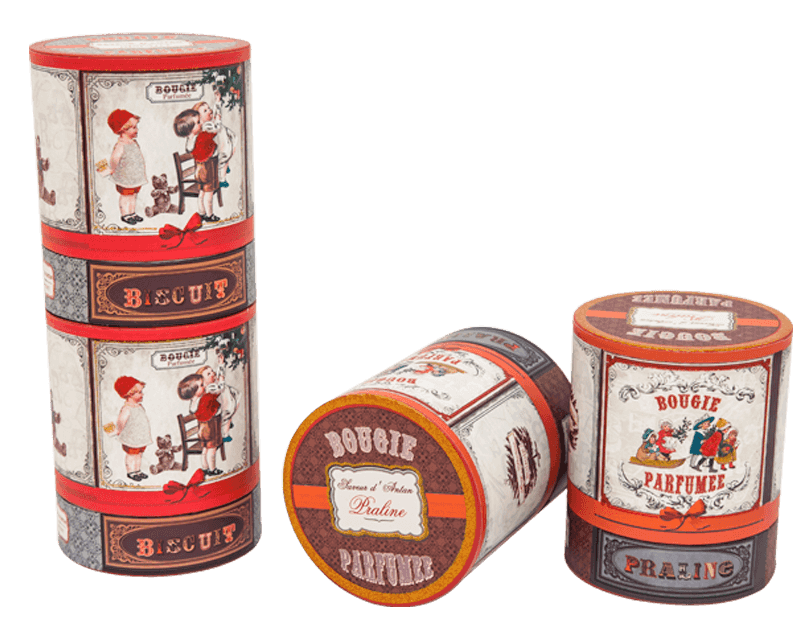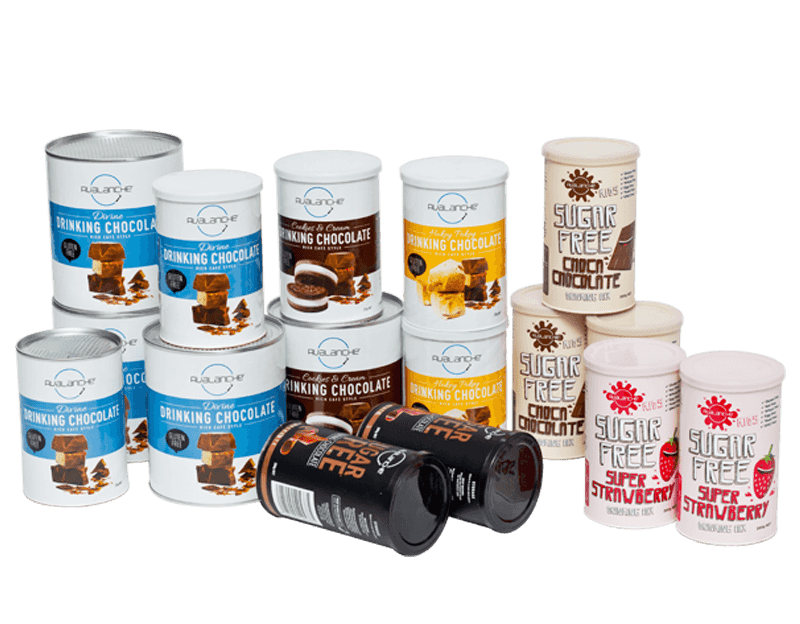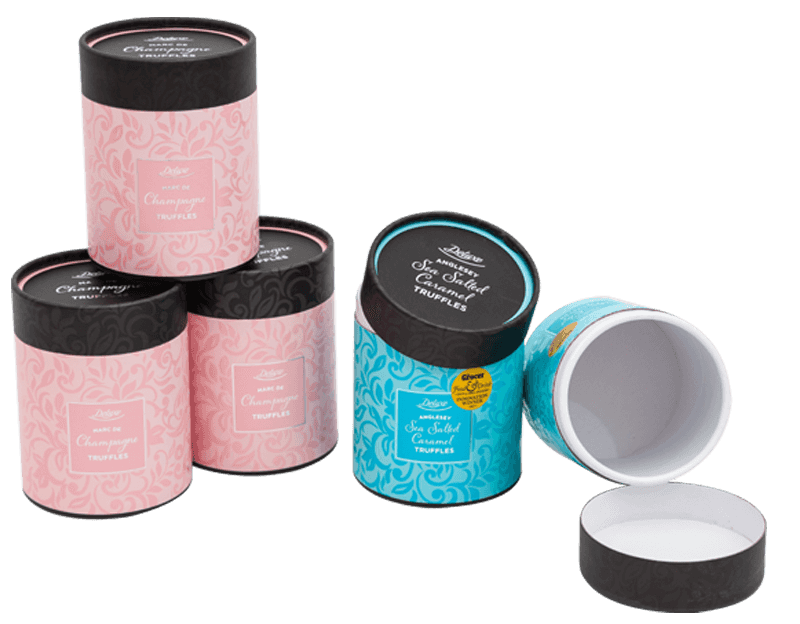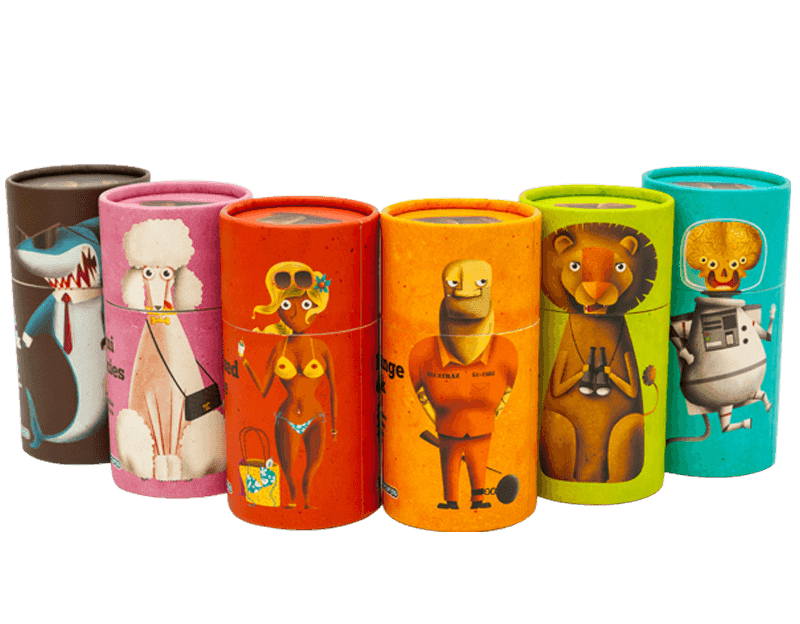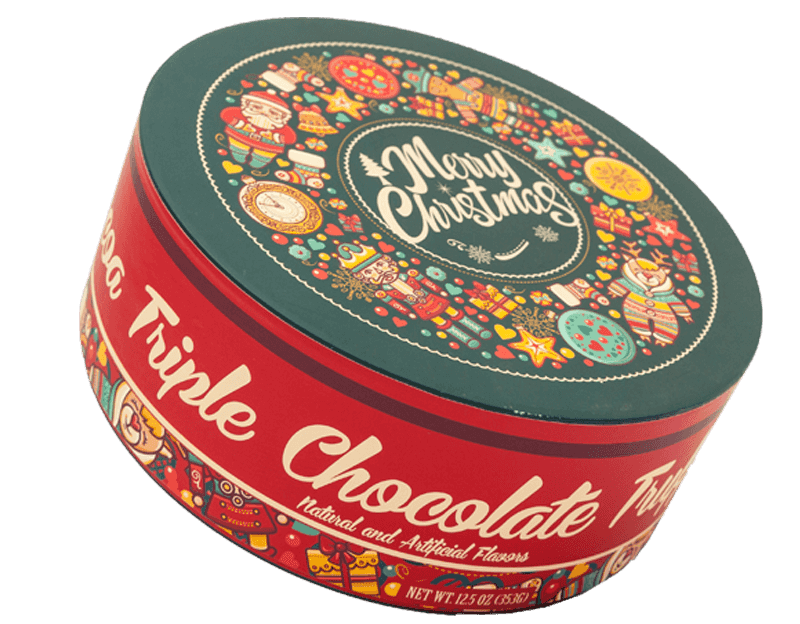As one of the top China cardboard tube packaging manufacturers and paper tube packaging suppliers, we devote all of our efforts to research and launch more high quality packaging products to global market.
Wine bottle packaging plays a crucial role in conveying the quality and character of the wine it contains. The design, materials, and overall presentation contribute to the overall perception of the product. Here are several aspects of wine bottle packaging that reflect the quality of the wine:
Label Design:
Artwork and Typography: A well-designed label with unique artwork and legible typography can convey a sense of sophistication and attention to detail.
Color Palette: The choice of colors can evoke certain emotions and expectations. Bold and rich colors may suggest a full-bodied red wine, while lighter and more delicate colors might be associated with white or rosé wines.
Material and Texture:
Bottle Material: The type of glass used for the bottle can influence the perception of quality. Thicker, heavier glass may suggest a higher-end product.
Label Material: Quality labels made from materials like textured paper or embossed labels can enhance the overall tactile experience and convey a sense of luxury.
Closure and Capsule:
Cork vs. Screw Cap: The choice between a cork and a screw cap can indicate the winemaker's approach. Traditionalists may prefer corks for certain wines, while screw caps are associated with convenience and freshness for others.
Capsule Quality: A well-crafted and neatly applied capsule around the neck of the bottle reflects attention to detail.
Shape and Size:
Bottle Shape: Unique bottle shapes can set a wine apart and create a memorable identity. Some wineries have signature bottle shapes that become instantly recognizable.
Bottle Size: Magnum or larger-sized bottles may convey a sense of exclusivity and are often associated with special or premium editions.
Information and Storytelling:
Back Label Information: Providing detailed information about the winemaking process, the vineyard, and tasting notes on the back label can educate consumers and enhance the perceived value of the wine.
Sustainability Messaging: Eco-friendly packaging or messaging about sustainable practices can also appeal to consumers who prioritize environmental considerations.
Innovative Features:
Augmented Reality (AR): Some wineries use AR technology to provide interactive experiences through their labels, adding a modern and innovative touch.
Temperature Sensors: Some premium wines have labels with temperature sensors to ensure that the wine is served at the optimal temperature.
Consistency Across Product Line:
Branding Consistency: Maintaining a consistent design and branding across a winery's product line helps build a recognizable identity and fosters trust among consumers.
 English
English Español
Español
